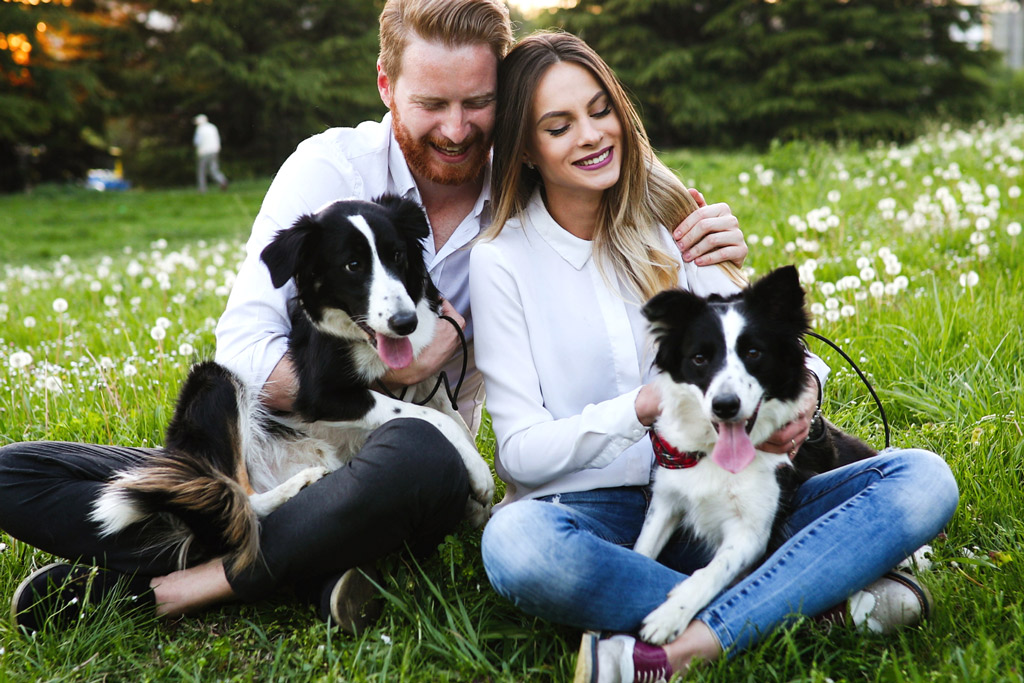
Between busy work schedules and family responsibilities, (not to mention the weather!) it’s hard to keep up with our dog’s daily exercise needs. Knowing your dog’s exercise needs definitely helps you make adjustments accordingly. So, how much exercise does a dog need every day?
Adult dogs require between 30 minutes to 2 hours plus of daily exercise. Your dog’s breed, age, health and energy levels will determine your dog’s exercise needs.
Working, hunting or herding breeds are among the most high energy breeds. These high-energy breeds require lots of exercise compared to lapdogs and Brachycephalic dogs (squashed face dogs), which need little exercise.
Let’s dive in to see how much you should exercise your dog even when you’re short on time!
How Much Exercise Does a Dog Need
Different dogs have different exercise needs. However, all dogs need daily exercise to stay in shape, both physically and mentally.
The amount of exercise that dogs might require depends on their particular needs. There are three key factors that determine how much exercise your dog requires:
- Your dog’s breed.
- Your dog’s energy levels.
- Your dog’s age.
And given that your schedule will play a role, we decided to include it as a fourth factor. (Refer to How to Fit Exercise in The Schedule below).
Insider Tip: If your dog suffers any health issue such as arthritis, hip dysplasia or an illness, you should discuss your dogs exercise needs with your vet.
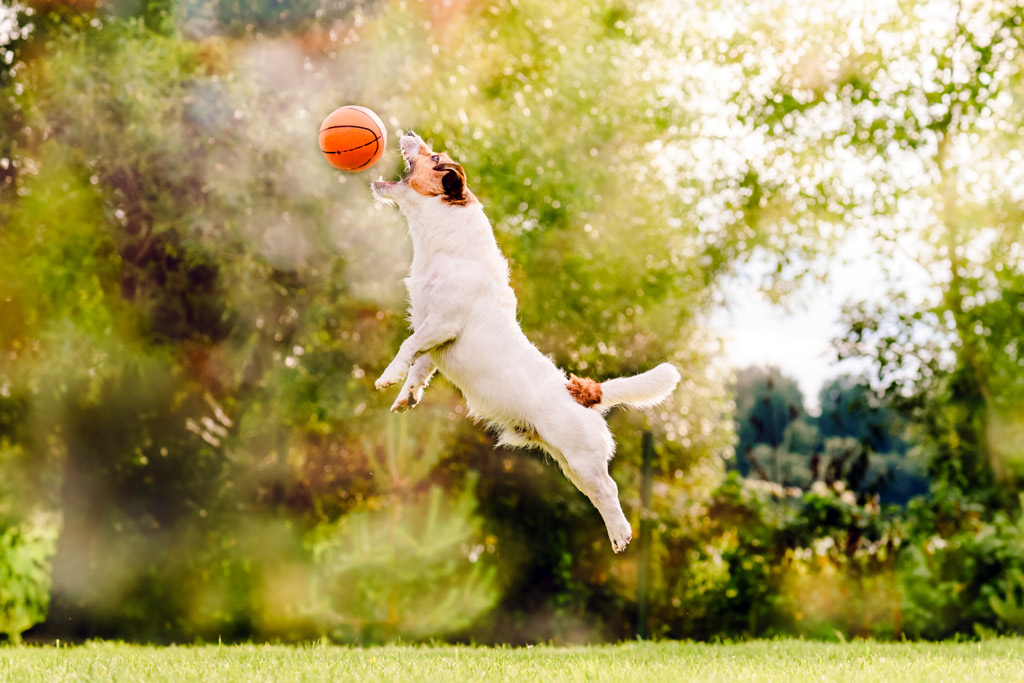
#1 – Breed and Energy Levels Factor
The breed of your dog and their energy levels is the first thing to consider.
Working, hunting and herding breeds are among the most high-energy breeds, which require as much mental enrichment as they do physical exercise.
On the other hand, dog breeds that are considered lapdogs, such as Yorkshire Terriers and Papillons have low-energy levels, i.e., they need less physical and mental stimulation.
Less Active Dog Breeds
Toy and small breeds, in general, are the less active dogs. They need 30 minutes of exercise (like walking) plus playtime.
Less active dog breeds are:
- Bichon Frise.
- Chinese Crested.
- Japanese Chin.
- Maltese.
- Pomeranian.
- Chihuahua.
- Brussels Griffon.
- Cavalier King Charles Spaniel.
- Pekingese.
- Tibetan Spaniel.
- Yorkshire Terrier.
- Papillion.
- Shih Tzu.
- Miniature Poodle.
- Pug*.
- French Bulldog*.
- English Bulldog*.
*Note: Brachycephalic dogs (canines with a squashed face) have breathing problems and are prone to overheating. It is important to exercise them as they are also often prone to obesity. However, any activity should be moderate and exercise in hot weather should be avoided.
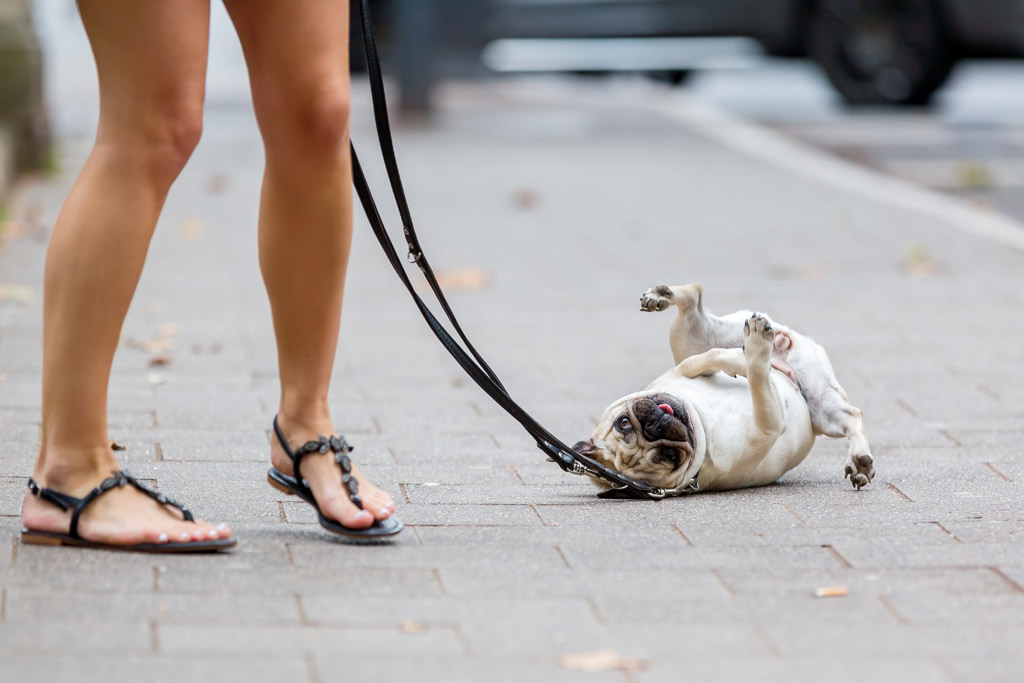
Active Dogs Breeds
Medium-size breeds are active. They need 1 hour or more of exercise and playtime.
Active dogs breeds are:
- Border Terrier.
- Bull Terrier.
- Basset Hound.
- Chow Chow.
- West Highland Terrier.
- Cocker Spaniel.
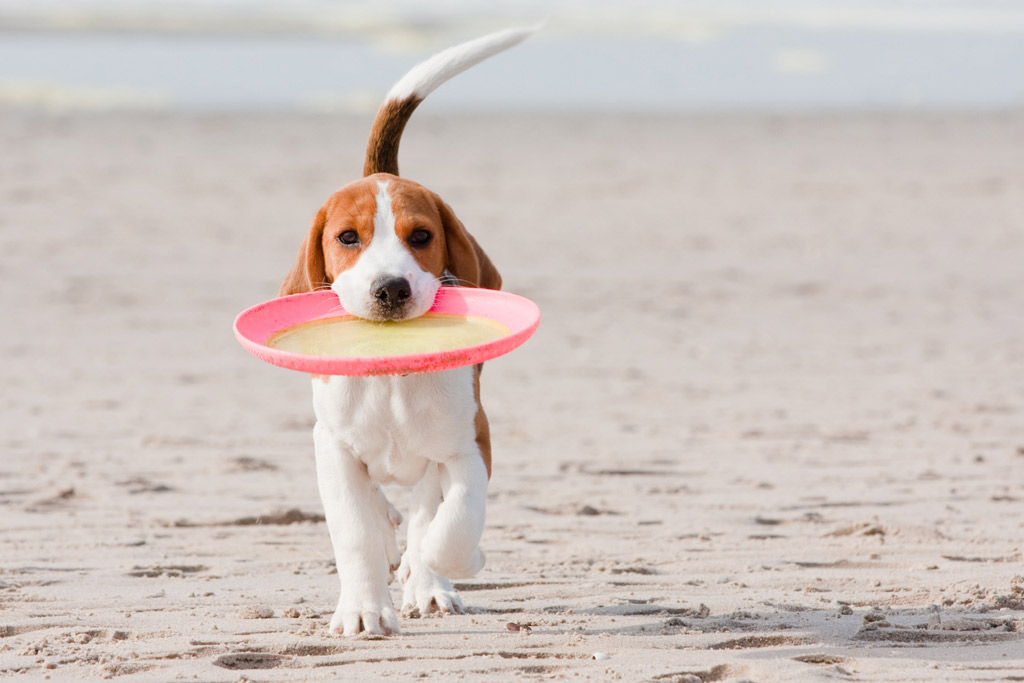
Most Active Dog Breeds
These are the most active dogs (i.e. high-energy levels) that belong to the working, hunting and herding. Regardless of their size, they need 2 hours or more of exercise and playtime.
Most active dog breeds are:
- Golden Retriever.
- Labrador Retriever.
- Boxer.
- Siberian Husky.
- Samoyed.
- Alaskan Malamute.
- Border Collie.
- Dalmatian.
- English Springer Spaniel.
- German Shepherd.
- Rottweiler.
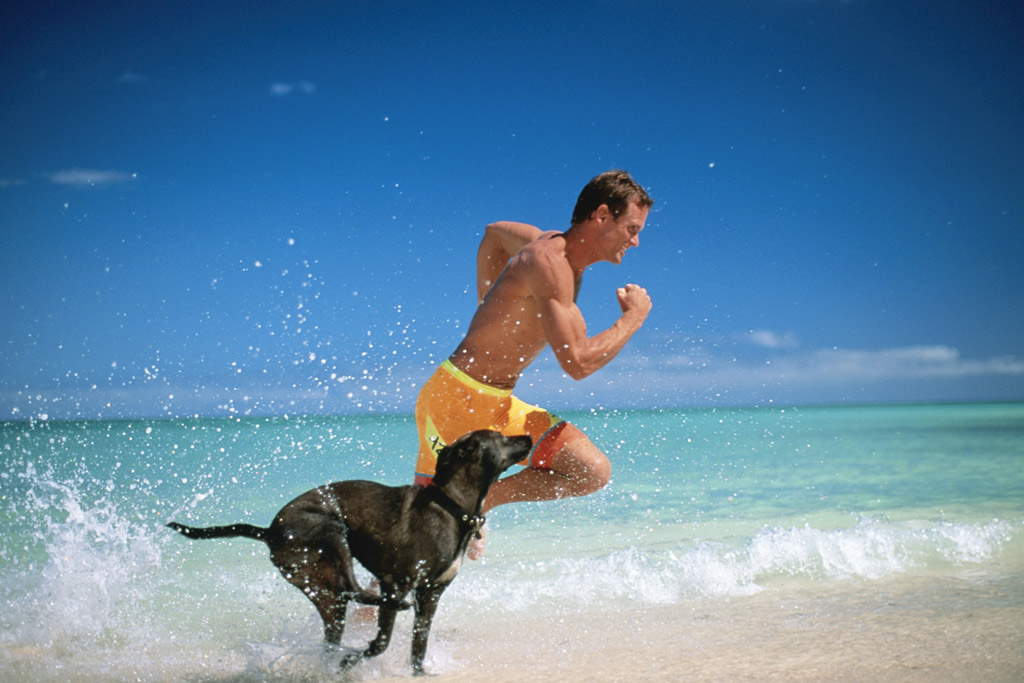
Active Giant Dog Breeds
Despite their size and strength, giant dog breeds are not as active as you might expect. All they need is 1 hour of exercise and playtime.
Active giant dog breeds are:
- Bernese Mountain Dog.
- Great Dane.
- Newfoundland.
- Saint Bernard.
- Mastiffs.
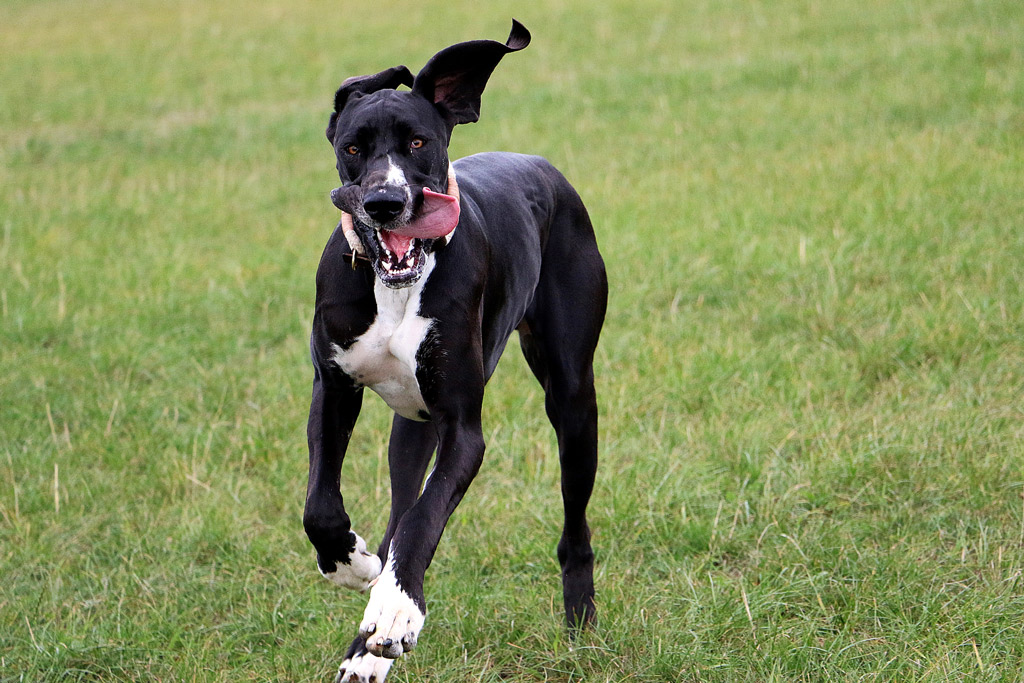
#2 – Age Factor
Generally, younger dogs have more energy and will need more exercise than middle-aged dogs (5-8 years old) and seniors dogs (9 years old and over).
Also, younger dogs usually spend more time playing than older dogs.
How Much Exercise Does a Puppy Need?
Puppies have a lot of energy but less stamina than an adult dog.
Since they are still growing, they need more breaks and their playtime broken into smaller sessions (i.e, they require exercise in short bursts).
As a rule of thumb, in-line with The Kennel Club, you can exercise your pup a ratio of five minutes of exercise per month of age (up to twice a day) until your puppy is full-grown.
For example, this means 15 minutes of exercise up to twice a day when your pup is three months old.
These exercise sessions should consist of training, walking and playing to keep your puppy mentally and physically stimulated.
You can alternate between the activities. However, long walks can be hard on a developing puppy’s body (especially their joints and bones), so short walks are generally recommended to start.
Insider Tip: Apart from training your puppy basic commands, short games of fetch with small balls and short walks are all great forms of exercising your pup!
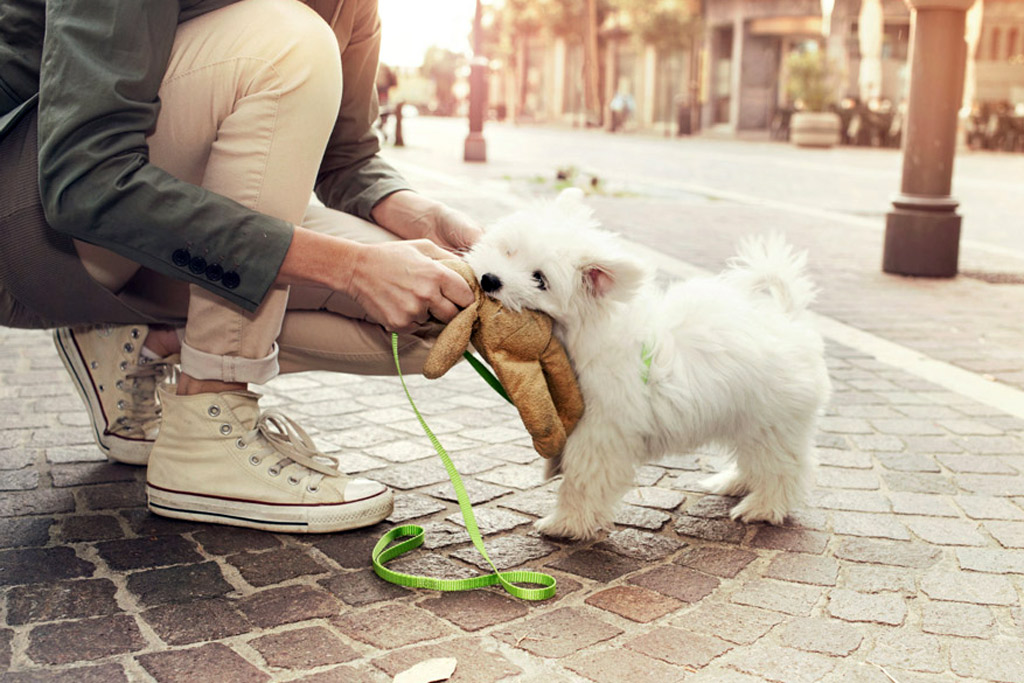
How Much Exercise Does an Adult Dog Need?
Like I mentioned before, your dog’s breed plays a major role in how much exercise a dog needs daily.
While age and health need to be considered, breed is an indication of your dog’s general activity/energy levels.
Adult dogs require at least between 30 minutes to 2 hours plus of exercise daily, depending on the breed. (Refer to Your Dog’s Breed and Energy Levels above).
Insider Tip: Walks, hiking, swimming and games are exciting activities that you can enjoy with your pooch and that will be leaving both of you snoozing on the couch by the end of the day!
P.S. For more ideas on dog games and activities, head over to our Dog Exercise Indoors and Dog Exercise Outdoors blog posts.
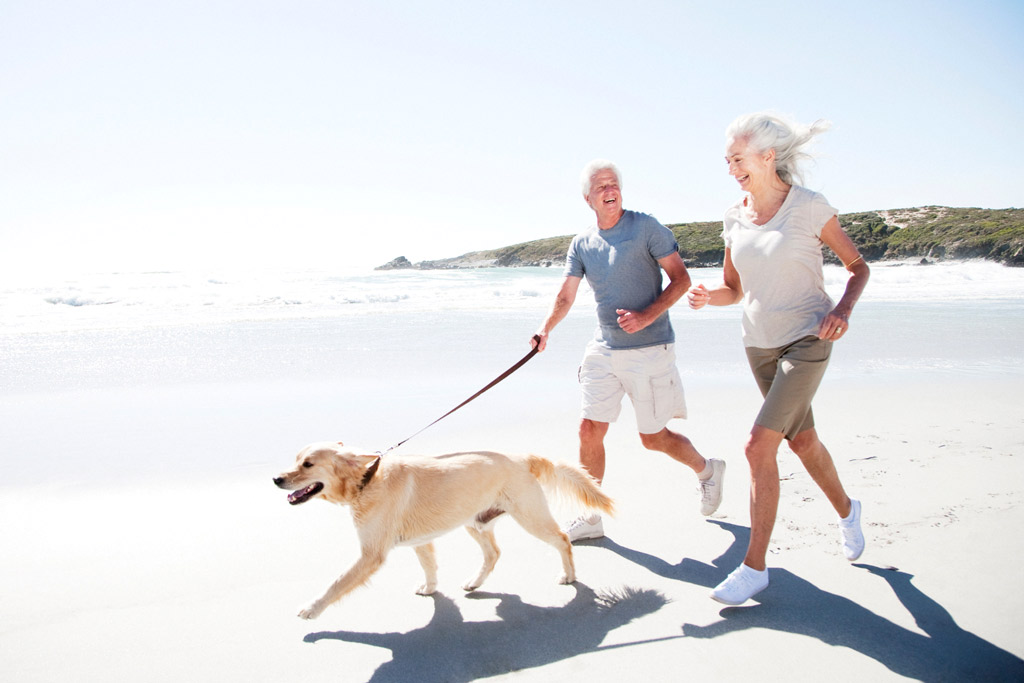
How Much Exercise Does a Senior Dog Need?
Proper exercise is just as important for your senior dog as it is for your puppy or adult dog.
It’s just that as your dog ages, his needs change.
For instance, while walks should still be an important part of a senior dog’s life, these should shorten in length and be taken at a slower pace.
Insider Tip: For senior dogs that enjoy the water, swimming is a great exercise alternative to walks. It allows him to stay active without putting further pressure on his joints.
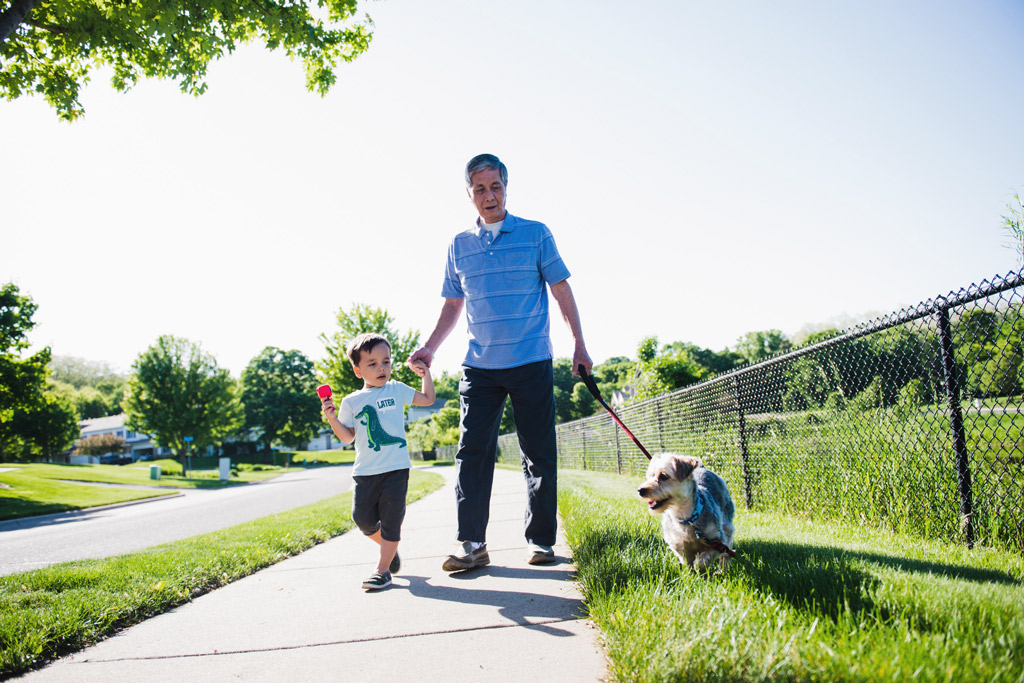
How to Fit Exercise in The Schedule
Now its time to look at ways to fit dog exercise into your jam-packed schedule.
When life gets busy, it’s hard to make time to exercise your dog or squeeze in some playtime. Fortunately, there are some options available for busy dog parents:
#1 – Dog Toys
Dog toys are probably the most affordable option.
- Squeaky toys* for loud noise lovers.
- Dog puzzles* for scent game lovers.
- Kongs* for chewers.
All these are great solutions to keep your dog engaged and mentally active. However, you will still need to tire him physically.
*Note: the links above will take you to Amazon.

#2 – Dog Walker
Investing in a dog walker is a great way to ensure that your pooch gets his daily exercise, especially if you only have time for potty walks.
Check my favourite dog care if you don’t have time for dog walking.
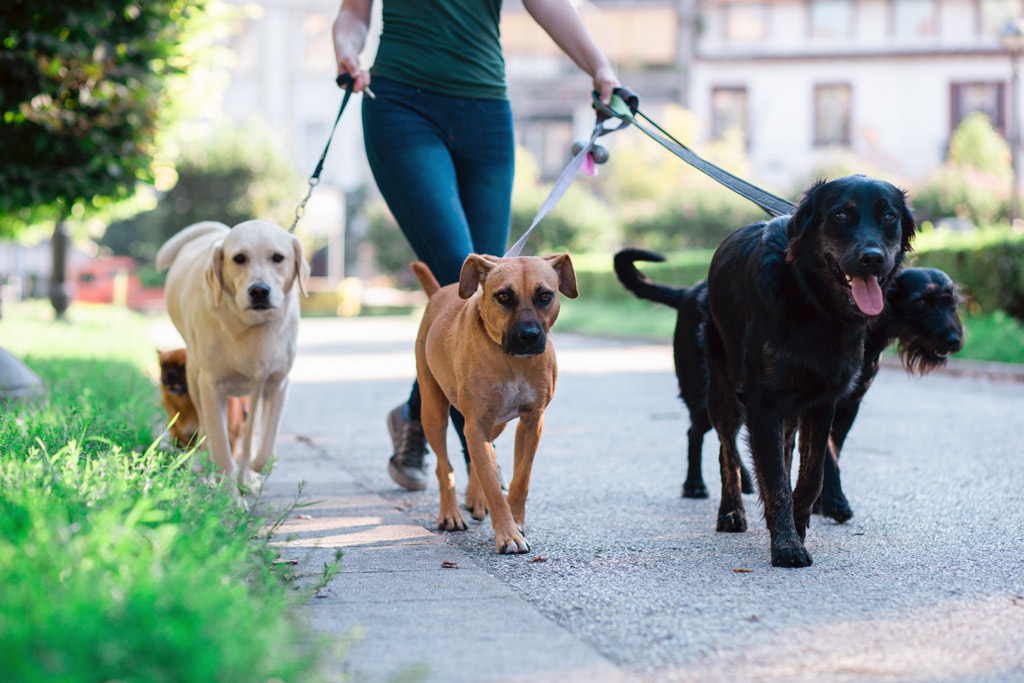
#3 – Dog Daycare
Doggie daycare is a great option for dogs who love to socialize and enjoy playtime outside of the house.
Finally, for further dog care tips, read more at The 5 pillars to a happy and healthy dog.
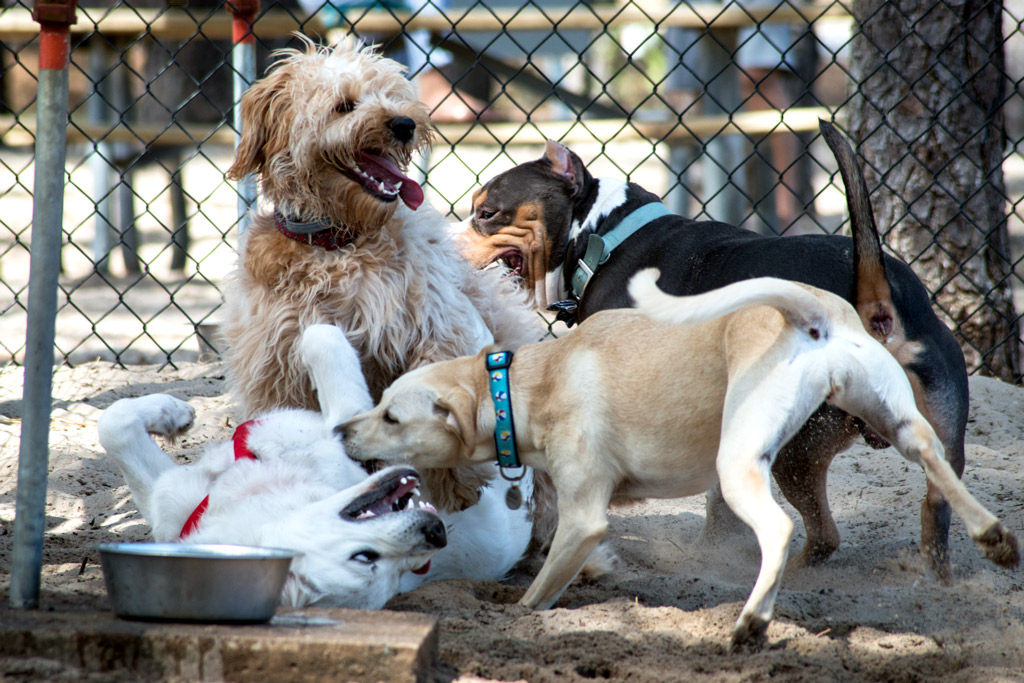
Related Questions
Introducing dog play to your dog’s daily routine is a fun and engaging way to contribute to your furry friend’s wellbeing.
Here’s a list of activities that can help your dog stay healthy and have fun:
1. Fetch games for extra exercise.
2. Tug games when you are tired.
3. Treat-release toys for break-time.
4. Frozen treats that will surprise your dog.
5. Digging adventures with no fuss.
6. Spice up your dog walks.
7. Teach your dog new tricks.
Keeping your dog mentally stimulated whilst having fun playing games is a great way to keep both of you engaged. Read our Dog Play blog post to learn more.
It depends on three factors: your dog’s breed, age, and energy levels. On average, a minimum of 20-30 minutes a day for adult dogs. Bigger and more active dogs can easily double that amount. Puppies, on the other hand, shouldn’t walk more than 30min in total a day. Check out our How Often Should I Walk My Dog? blog post for dog walking tips.
